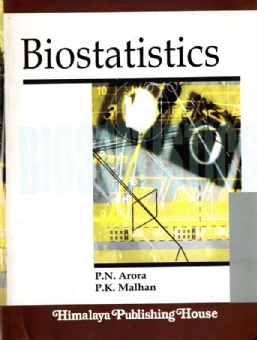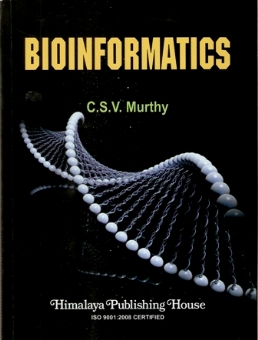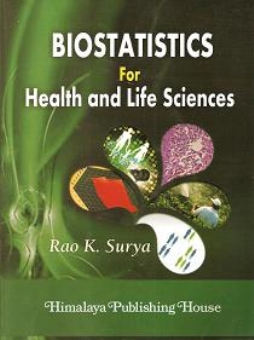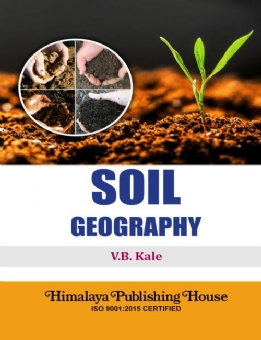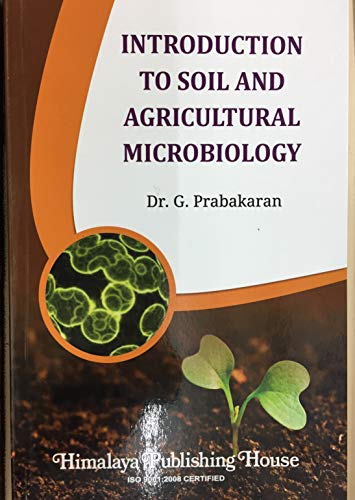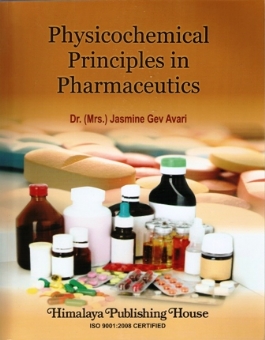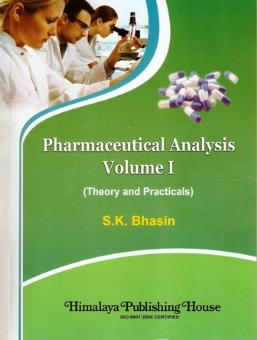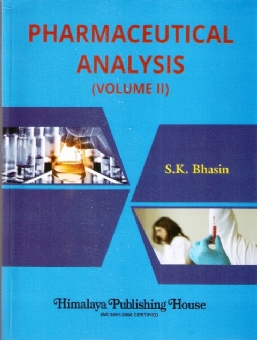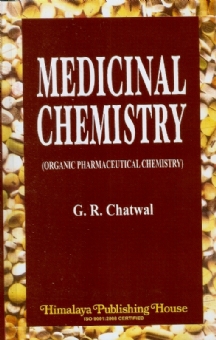Buy Academic Books Online in India | Second-Hand Academic Books
Featured Products
Bio-Statistics for (Health and Life Sciences)
₹546.75
M.R.P.:₹ 675.00
You Save: ₹128.25 (19.00% OFF)
Introduction to Soil and Agricultural Microbiology
₹275.40
M.R.P.:₹ 340.00
You Save: ₹64.60 (19.00% OFF)
Pharmaceutical Analysis Vol. – I (Theory & Practicals)
₹283.50
M.R.P.:₹ 350.00
You Save: ₹66.50 (19.00% OFF)


